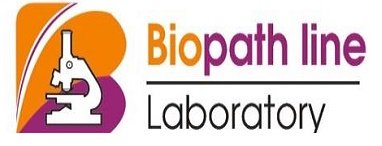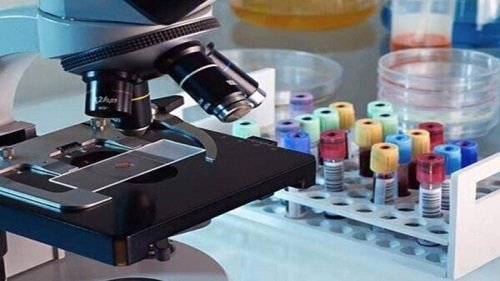Automation In Diagnostics:
upgradation of existing automation systems in a laboratory is usually considered based on the laboratory’s needs, the specimen volumes, infrastructure requirements, performance indicators like productivity, turn-around-time and quality; and finally cost jurisdictions. Phazes of Laboratory Automation in Clinical Laboratories: A. Pre-Analytical Automation in pre-analytics is the key to flawless barcoding, accessioning and transportation of specimens. The same is achieved through implementation of standardized specimen transfer tube or pneumatic tube systems, mobile robots to transfer specimens and an AutoSort that can sort specimens by analytical needs and transport specimens to an automated centrifugation station for processing. Samples are segregated specific to each analytical rack. B. Analytical Laboratory automation using robotics in the analytical phase is aimed at traditional manual analytical steps (such as mixing, reconstituting, pipetting, dissolving before measurements can be made) and the subsequent measurement step. Manual data transfer at the beginning and end of the run has now been replaced by bi-directional data integration and laboratory information system (LIS) with wireless transmission of results. Advances have been made to develop areas of analytical automation unique to their respective disciplines. Clinical Chemistry The need for automated platform in clinical chemistry can be based on the sample size to be analyzed, and the capability for connectivity into instrument clusters or larger laboratory automation system. Regardless of the initial installation and equipment costs, these automated systems for large-volume laboratories improve efficacy by handling more tests per hour with a larger volume for both specimens and reagents. Along with routine chemistry analyzers that perform traditional photometric and potentiometric measurements, automation in clinical chemistry also includes specialized instrumentation for specific clinical needs. These Point-Of-Care (POC) systems are useful to near-patient testing, including electrolytes, coagulation profile, glucose, ionized calcium, lactate, pH, hemoglobin or hematocrit. Immunochemistry and Immunology Automated immunoassay platforms are predominantly based on antibody-based detection methods, along with other systems like microplates and microwells, including ELISAs, cell-based immunofluorescence assays, Western blots and immunoblots. Finally beadbased multiplex systems allow for detection of multiple analytes in the same reaction mixture. Such systems can decrease the specimen volume required for parallel analyses. Urinalysis Urinalysis by automation is primarily based on reflectometry reading of test strip, as well as analysis of sediment, particles, or cellular elements using flow cytometry or microscopic analysis. Hematology Automation in hematology has exploited the principles of cell conductivity, light scatter, flow cytometry and digital microscopic analysis. Integrated hematology systems may include automated slide makers and slide stainers to limit the manual intervention involved in creating and labeling slides.



